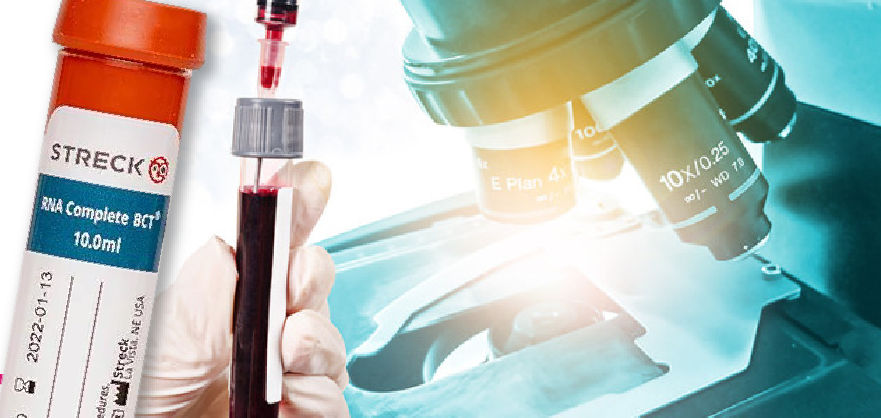Until recently, if you wanted to know how a tumour was evolving, you had to take a biopsy of the cancer tissue and analyse it in a lab. This was clearly an invasive method for the patient, requiring a puncture, incision or surgery, and you could not use it to track the disease’s progression. Now, however, a new experimental technique can detect tumour mutations with a simple blood test.
Metastatic tumours release cells and, therefore, genetic material into the blood stream. A liquid biopsy—also known as a circulating tumour DNA test or blood-based biomarkers test—is able to detect a tumour’s specific mutations from a peripheral blood sample. This will avoid unnecessary inconvenience for the patient and save time as well, because the results of the analysis will be available in only one or two days. Also, because the procedure is so simple, it can be repeated as often as physicians think appropriate, enabling them to keep an eye on the evolution of a pathology that is not static, but changing. A better understanding of the biology and genetics of tumours will help in taking decisions on treatment, which can then be adapted to the specific characteristics of each cancer.
Currently, the test with high sensitivity and specificity, allows the detection and quantification of mutations in four genes: EGFR, KRAS, BRAF and NRAS. Analyses of these mutations are necessary to determine whether the cancer patient can be treated with targeted therapies.


